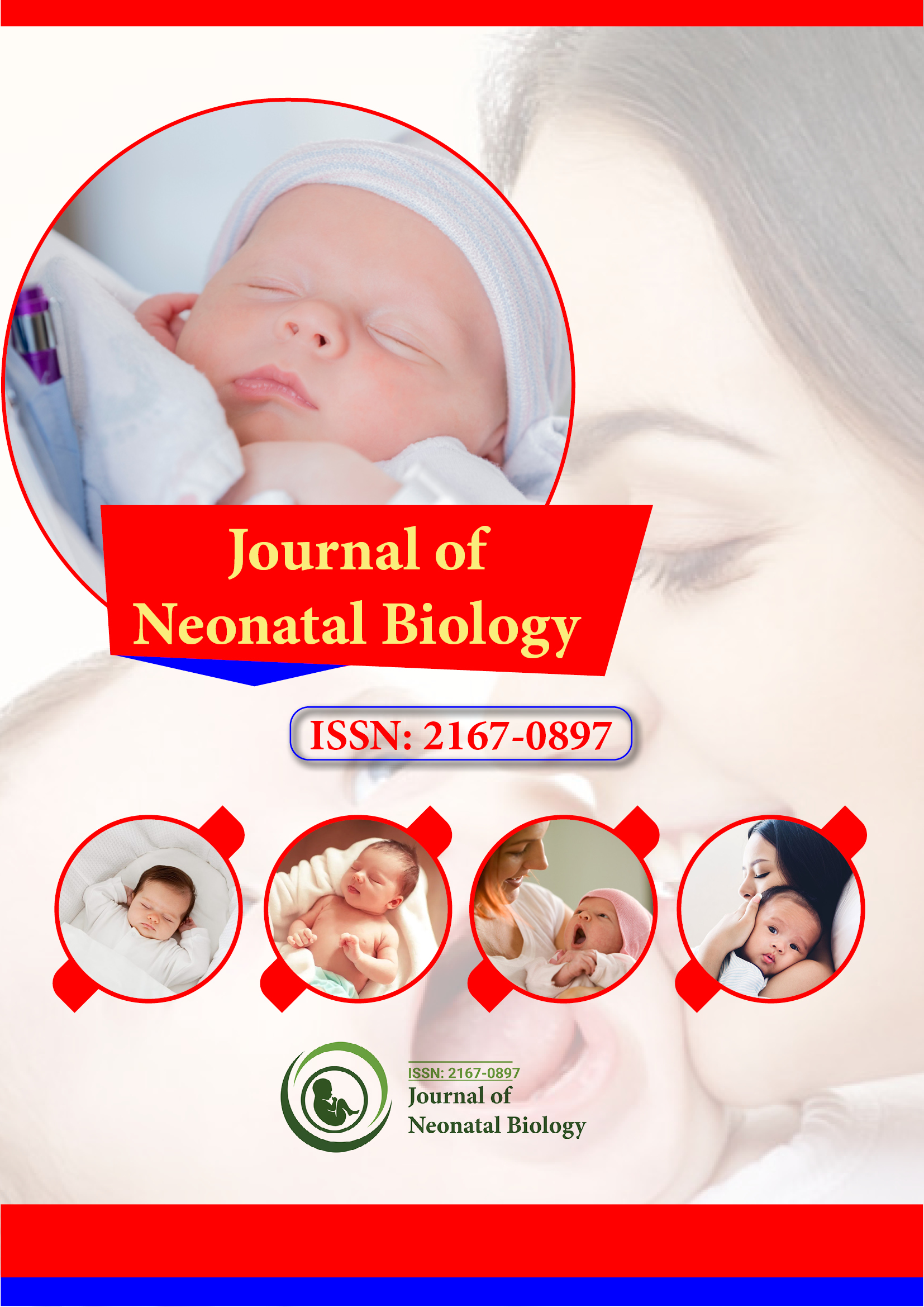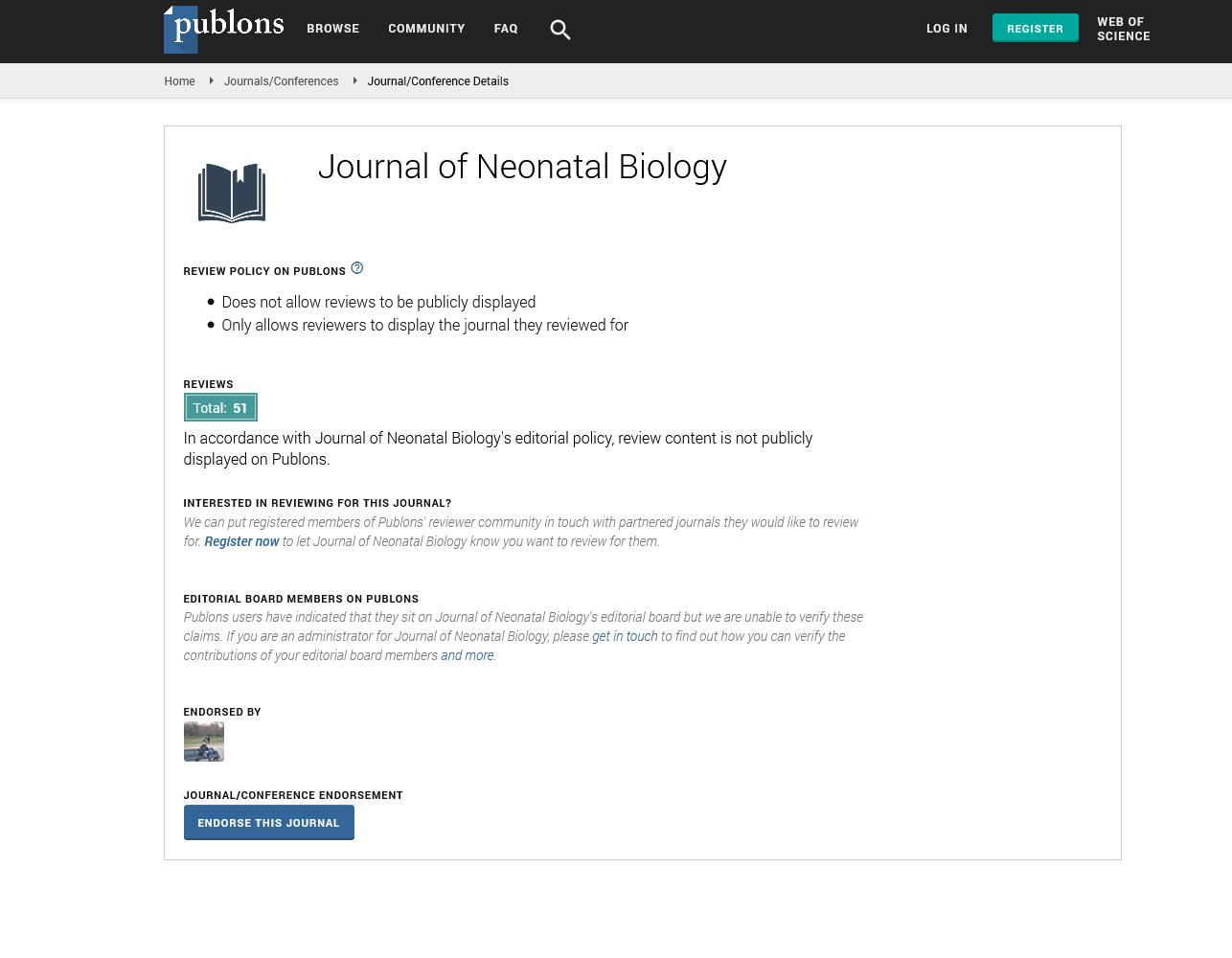Indexed In
- Genamics JournalSeek
- RefSeek
- Hamdard University
- EBSCO A-Z
- OCLC- WorldCat
- Publons
- Geneva Foundation for Medical Education and Research
- Euro Pub
- Google Scholar
Useful Links
Share This Page
Journal Flyer

Open Access Journals
- Agri and Aquaculture
- Biochemistry
- Bioinformatics & Systems Biology
- Business & Management
- Chemistry
- Clinical Sciences
- Engineering
- Food & Nutrition
- General Science
- Genetics & Molecular Biology
- Immunology & Microbiology
- Medical Sciences
- Neuroscience & Psychology
- Nursing & Health Care
- Pharmaceutical Sciences
The art and science of aesthetic dentistry (case report)
Joint event on 9th World Summit on Neonatal Nursing and Health Care & 49th International conference on Prosthodontics & Restorative Dentistry
November 17, 2023 | Webinar
Abeer A. Al Sounbl
Prince Sultan Military Medical City, Saudi Arabia
Posters & Accepted Abstracts: J Neonatal Biol
Abstract:
The term “Oral-rehabilitation” is a phrase used to encompass several levels of oral-therapy intertwined with an artistic- expression that feeds on creativity, imagination and fundamental scientific-guidelines. This case discloses that extensive dental-treatment should be proposed with an interdisciplinary team-approach, which harbors the advantages of continuity and shared responsibility for therapy- decisions. Full mouth rehabilitation continues to be the biggest challenge to any clinician in Restorative Dentistry. It requires efficient diagnosis and ornate treatment planning to develop ordered occlusal contacts and harmonious articulation in order to optimize stomathognathic function, health and esthetics which then translates to patient’s comfort and satisfaction. The multiple decayed, missing teeth and the collapse of posterior teeth results in the loss of normal occlusal plane and the reduction of the vertical dimension of occlusion. This case report is of full mouth rehabilitation of a 22 years old patient by providing a systematic approach to optimize diagnostic, treatment planning and resolve esthetic and functional demands in provisional, which is an essential blue print to the final restorative restorations. Introduction: The success of functional and esthetic restorations in a case requiring full mouth rehabilitation is often dependent on our understanding of interdisciplinary concepts. With every patient being unique and representing a special blend of age, personality characteristics as well as expectations, our knowledge of interdisciplinary concepts can open a whole range of treatment options and outcomes. Today, every dental practitioner must have a thorough knowledge of the roles of these disciplines in producing an esthetic makeover, with the most conservative and biologically- sound interdisciplinary treatment plan. The aim is to provide an organized and systematic approach to optimize diagnostic, treatment planning and resolve esthetic and functional problems in provisional, which is an essential blue print to the final restorative treatment. Case Report: A 22-year-old female medically fit patient reported with the complaint of decayed and missing dentition, pain upon mastication and desire to restore smile and function. During clinical examination, it was noted that the patient had generalized gingival inflammation and bleeding upon probing, necrotic and diseased-pulp, badly decayed and missing teeth, insufficient inter-arch space for restorations and malignant. Anatomic landmarks, facial measurements and the resting positions of mandibular jaw were used to determine appropriate vertical dimension for the patient. It was found that there was decreased VDO and unsatisfactory occlusion. The freeway space was found to be increased more than the physiologic space of 2-3 mm. Based on the clinical and radiographical evidence, it was diagnosed that the patient was suffering from generalized plaque induced gingivitis with trauma from occlusion, high caries risk and multiple non-vital and un-restorable teeth. Treatment Objectives: 1 Recognize the necessary components involved with record gathering that precedes treating a patient to optimal dental physiology. 2 Appreciate the important diagnostic aspects that several different radiographic views provide. 3 Explain the six phases of treatment necessary to treat a patient to optimal dental physiology. 4 Develop an awareness of the state-of-the-art diagnostic and treatment modalities available to aid in treating a patient to optimal dental physiology. Objectives: A complex multiphase treatment plan with an entrenched recall-regimen was employed to converge on essential objectives; halt the disease process, incorporate proper treatment planning protocols developing an esthetic and functional design in a complex case with re-establishing phonetics and occlusal stability, identify potential esthetic problems to optimize the longevity of treatment and create an emphasized re-care system. All predetermined treatmentobjectives have been satisfied during the ten-month therapy duration. The treatment plan was made keeping in mindthe end-result, harmonious with biological and functional aspects. Material options were given to the patient and a metal ceramic prosthesis was chosen. Treatment Sequencing Phase 1 – Preventive • Periodontal therapy • Consultations • Mounting of Diagnostic Casts / Diagnostic Wax-up • Caries Assessment • Caries control and evaluation of tooth restorability • Diet analysis • Extraction of hopeless teeth #15, 21, 27, 37, 48 • Temporization; restore occlusion, function, comfort, speech and esthetics. • Orthodontic Removable Appliance Phase 2 – Operative • Composite Restorations of teeth # 12, 11, 22, 35, 34, 32, 41, 42, 44, 47 • Microabrasion & Office Bleaching Phase 3 – Endodontic Non-Surgical Root Canal Therapy of teeth # 12, 11, 22, 26, 47 Phase 4 – Pre-Prosthodontic / Surgical Surgical Crown Lengthening: • Tooth #26 Post and Core tooth # 12, 11, 22, 26, 47 • Implant fixture area # 36 Phase 5 – Prosthodontic • IPS-Empress 3 unit-bridge of teeth # 11-22 IPS-Empress crowns for teeth # 12, 34, 35 MCR 3 unit-bridge of teeth # 14-17 • MCR (crown) of teeth # 26, 36, 47Treatment Outcome: Dental problems are often multifactorial, and may not be satisfactorily resolved by the restorative treatment alone. Creating the perfect smile along with health is a challenging procedure that requires a multidisciplinary approach, and meticulous treatment planning. Emphasis was given on occlusal adjustments in both temporary and final restoration, since occlusal rehabilitation is the key to long-term success of the restorations and the oral health. Conclusion: In this clinical report, regaining vertical dimension of occlusion using provisional acrylic crowns and following with fixed porcelain fused to metal and all ceramic prosthesis based on accurate diagnosis showed successful full mouth rehabilitation for the patient with multiple decayed and devitalized teeth. Vigilant sequential oral-rehabilitation steps govern longterm success through observant association of the patient needs, proper case selection, accurate diagnosis, meticulous treatment execution and artistic ingenuity.
Biography :
Abeer Abdullah Al Sounbol completed Bachelor of Dental Surgery (B.D.S.) in College of Dentistry, King Saud University Riyadh, and Kingdom of Saudi Arabia. She has done with her internship training Program (1999- 2000) College of Dentistry, Saudi Arabia and pursued further education, graduating with certificates in Advanced Education in General Dentistry (AEGD) from the School of Dentistry at the University of Southern California, Prince Abdulrahman Advanced Dental Institute (PAADI). Additionally, she completed the Saudi Board in Advanced Restorative Dentistry Program (SBARD) from training centres at Prince Abdulrahman Advanced Dental Institute (PAADI) between 2004 and 2008, gaining valuable experience at the Riyadh Dental Centre, Riyadh Medical Complex.

